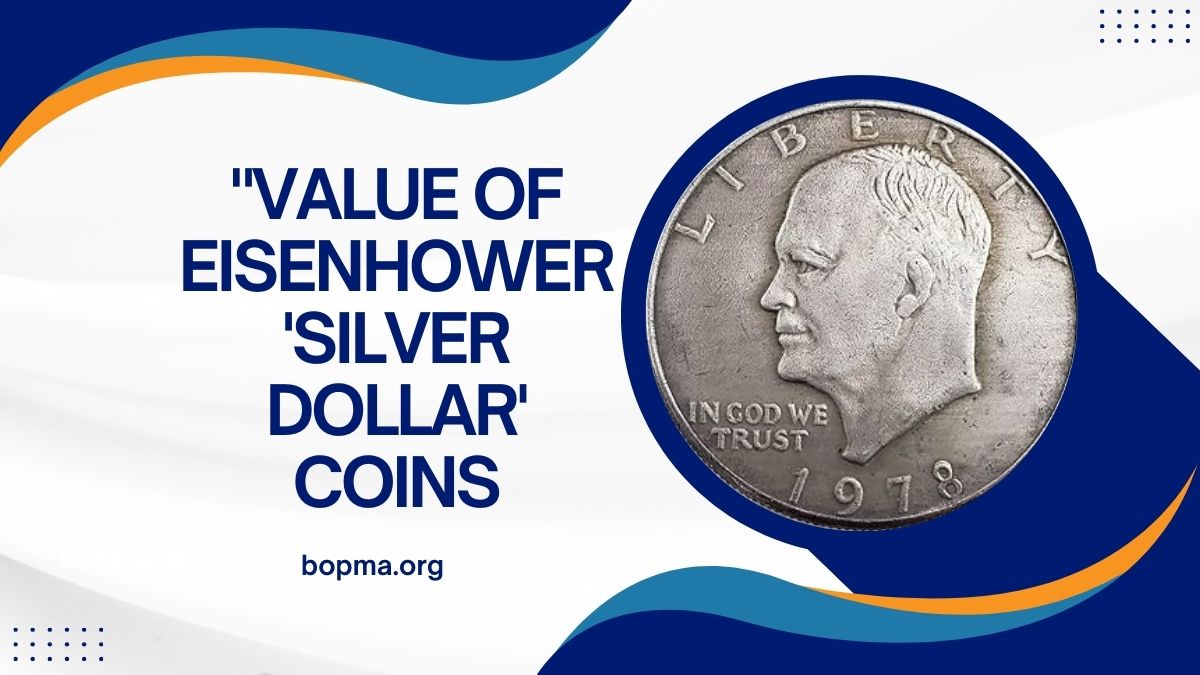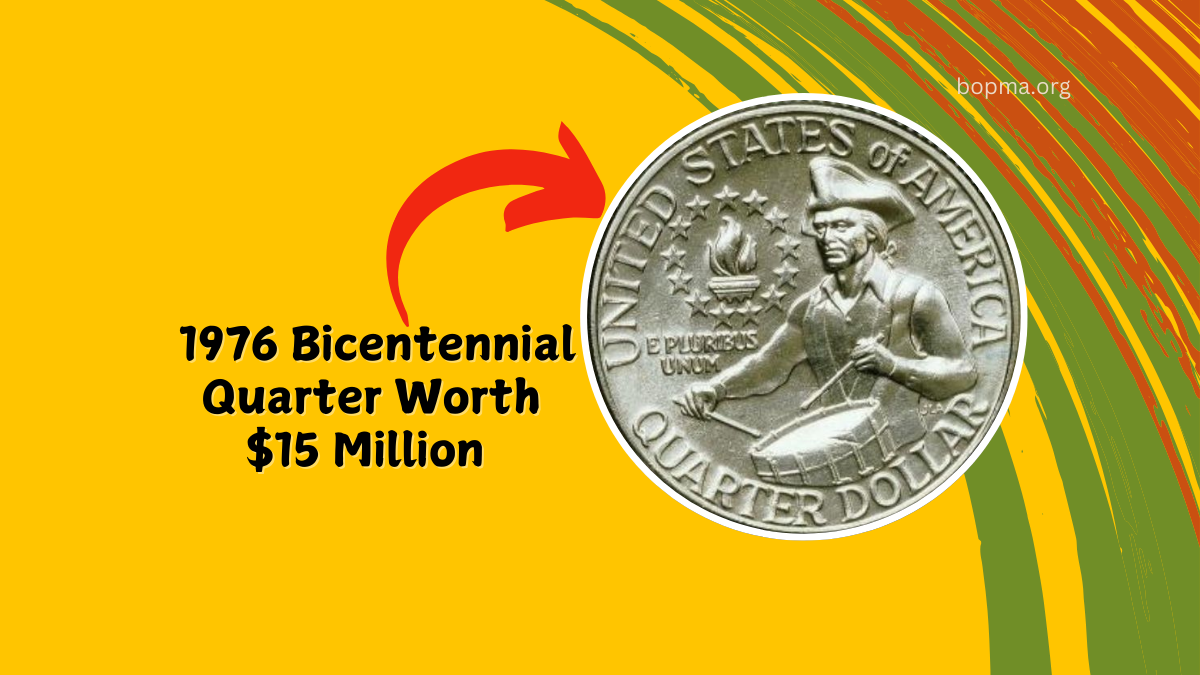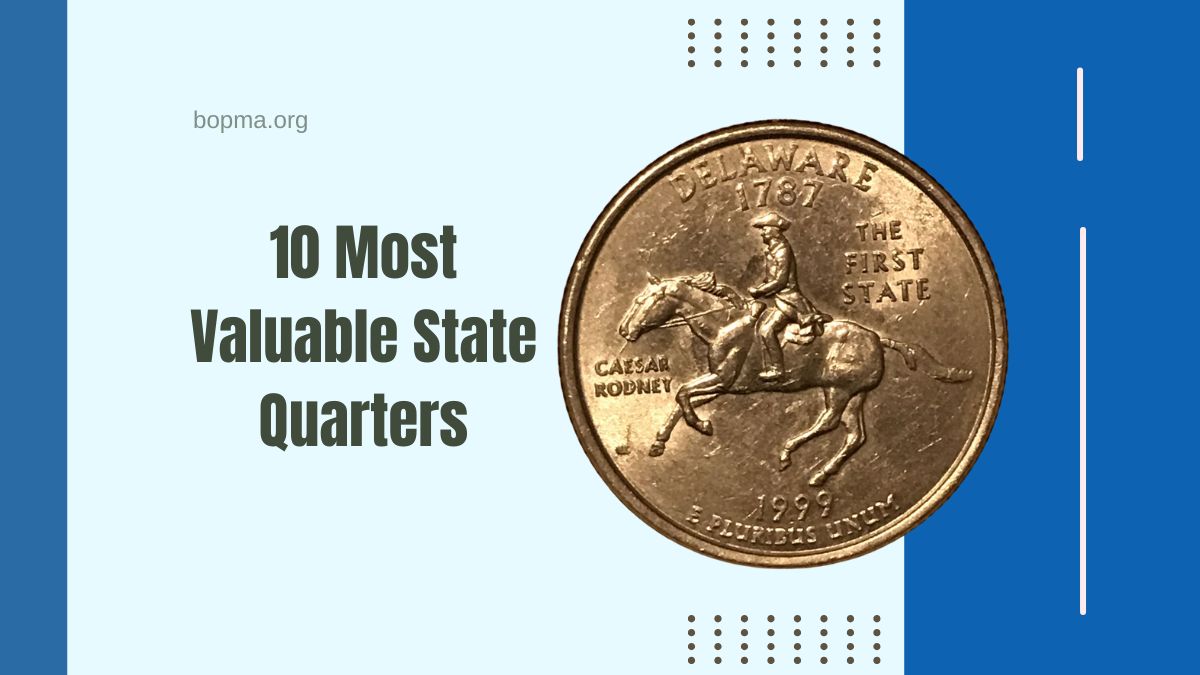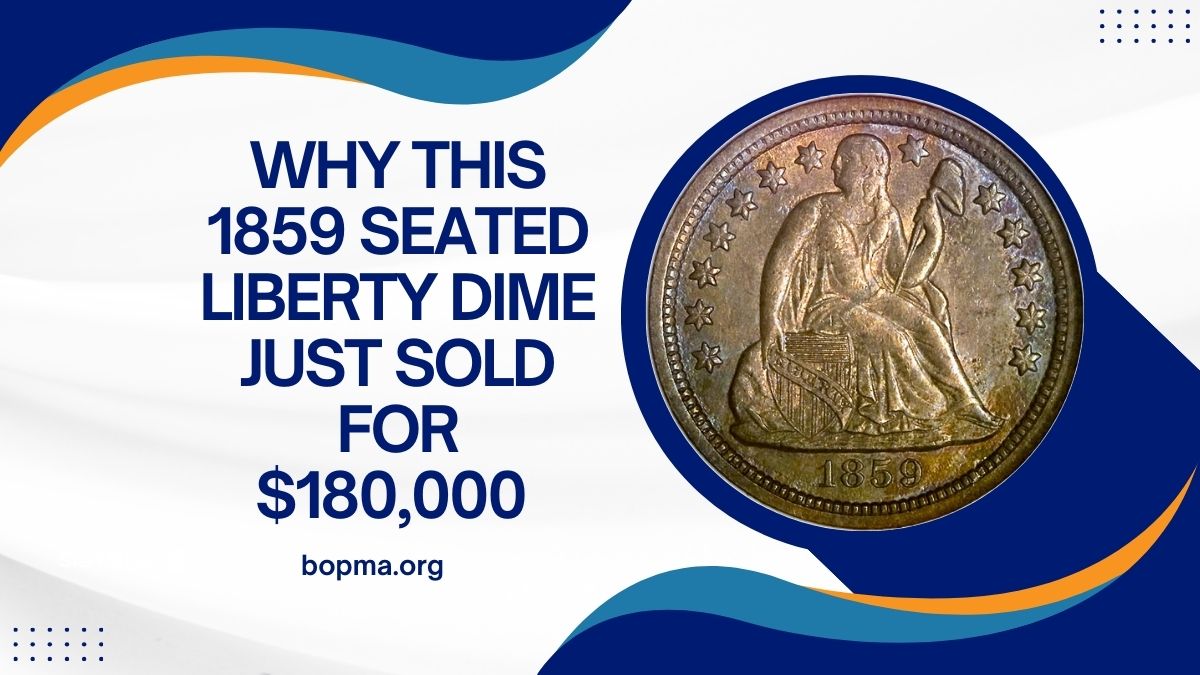The Eisenhower dollar, minted from 1971 to 1978, holds a unique place in U.S. coinage history. Named after President Dwight D. Eisenhower, these coins were the last of the large-size dollars produced by the United States Mint.
While most Eisenhower dollars were composed of copper-nickel clad, a special subset contains 40% silver, making them particularly valuable to collectors and investors.
Understanding Eisenhower Silver Dollars
Eisenhower silver dollars were primarily minted at the San Francisco Mint and bear the “S” mint mark. These coins were not intended for general circulation but were produced specifically for collectors. They can be categorized into two main types:
- Uncirculated (Blue Ikes): These coins were packaged in blue envelopes, accompanied by a blue and silver token featuring the U.S. Mint logo. They are commonly referred to as “Blue Ikes.”
- Proof (Brown Ikes): Packaged in brown boxes resembling wood grain, these proof coins are known as “Brown Ikes.” They feature a mirror-like finish, achieved through a specialized minting process.
Mintage and Values of Eisenhower Silver Dollars
The value of an Eisenhower silver dollar depends on factors such as mintage year, condition, and rarity. Below is a table summarizing the mintage figures and approximate values as of January 2025:
| Year | Type | Mintage | Approximate Value (USD) |
|---|---|---|---|
| 1971 | Uncirculated | 6,868,530 | $21 |
| 1971 | Proof | 4,265,234 | $23 |
| 1972 | Uncirculated | 2,193,056 | $17 |
| 1972 | Proof | 1,811,631 | $13 |
| 1973 | Uncirculated | 1,883,140 | $21 |
| 1973 | Proof | 1,013,646 | $9 |
| 1974 | Uncirculated | 1,900,156 | $7 |
| 1974 | Proof | 1,306,579 | $15 |
| 1976 | Uncirculated | 4,908,319 | $7 |
| 1976 | Proof | 3,998,621 | $15 |
Note: Values are approximate and can vary based on the coin’s condition and market demand.
Key Factors Influencing Value
- Condition (Grade): Coins are graded on a scale from 1 to 70, with higher grades indicating better preservation and, consequently, higher value.
- Rarity: Certain varieties, such as the 1972 Type 2 Eisenhower dollar, are scarcer and thus command higher prices.
- Silver Content: Each 40% silver Eisenhower dollar contains approximately 0.3162 troy ounces of silver. Therefore, the coin’s intrinsic value fluctuates with the silver market. As of January 20, 2025, the melt value of these coins is approximately $9.69.
Notable Rare Eisenhower Silver Dollars
- 1972 Type 2: This variety is distinguished by the absence of islands beneath Florida on the reverse side. It’s estimated that fewer than 40,000 of these coins exist, making them particularly valuable to collectors.
- 1977 Silver Eisenhower Dollar: A rare error coin struck on leftover 40% silver planchets intended for Bicentennial coins. Approximately 20 of these coins are known to exist, with one fetching $21,600 at auction in May 2022.
In conclusion, Eisenhower silver dollars offer both historical significance and tangible value. Whether you’re a seasoned collector or a novice, understanding the nuances of these coins can enhance your appreciation and inform your investment decisions.
FAQs
How can I identify a silver Eisenhower dollar?
Silver Eisenhower dollars bear the “S” mint mark, located below Eisenhower’s neck on the obverse side. Additionally, the coin’s edge will appear uniformly silver without the copper stripe seen on clad coins.
Are all Eisenhower dollars made of silver?
No, only specific coins minted at the San Francisco Mint between 1971 and 1976 contain 40% silver. Most Eisenhower dollars intended for circulation are composed of copper-nickel clad.
What is the significance of “Blue Ikes” and “Brown Ikes”?”
Blue Ikes” refer to uncirculated silver Eisenhower dollars packaged in blue envelopes, while “Brown Ikes” are proof silver dollars packaged in brown boxes. These designations help collectors identify the coin’s finish and original packaging.




